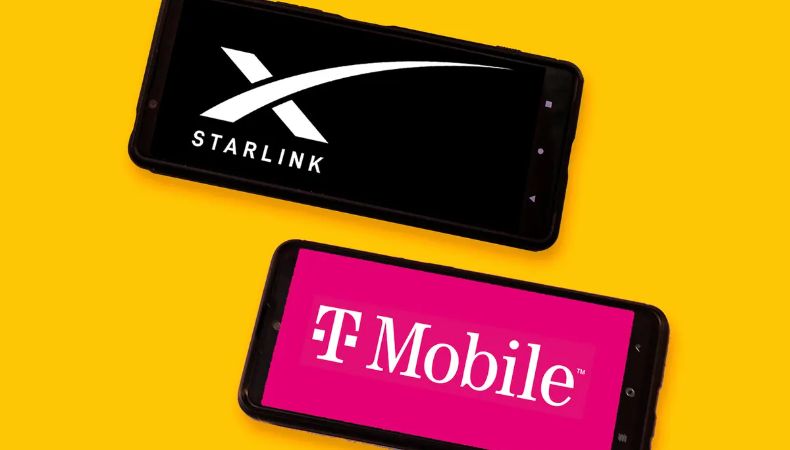
In a groundbreaking move to restore communication in disaster-stricken areas, the U.S. Federal Communications Commission (FCC) has approved an emergency project between Elon Musk’s SpaceX and T-Mobile. This partnership leverages SpaceX’s Starlink satellites, equipped with direct-to-cell capabilities, to supply essential communication services in North Carolina, which was severely impacted by Hurricane Helene. This initiative marks a significant first step in restoring connectivity and providing residents with vital communication access during and after catastrophic events.
The FCC’s Role in Disaster Response
The FCC has a history of supporting emergency communication efforts by issuing temporary permits during crises. Their swift approval of this project highlights their commitment to aiding recovery in hurricane-hit regions. An FCC spokesman reiterated this, saying, “We stand ready to do all that is necessary to return connectivity to hard-hit areas and save lives.” This demonstrates the larger awareness of the importance of communication in crisis situations, not just for personal connections but also for coordinating rescue and recovery efforts.
Starlink and T-Mobile: Bridging the Communication Gap
Starlink satellites were activated to provide emergency alerts to cell phones across all networks in North Carolina, thanks to the SpaceX and T-Mobile partnership. T-Mobile also enabled basic texting capabilities (SMS) on their network in the affected areas, ensuring that residents could reach loved ones and access emergency services. This early test of the direct-to-cell system could prove life-saving in situations where infrastructure is heavily damaged.
Hurricane Helene’s Impact and Ongoing Recovery Efforts
The devastating effects of Hurricane Helene left over 74% of cell towers in North Carolina inoperable by September 28. Thanks to recovery teams’ relentless efforts, that figure had dropped to 17% by Sunday. T-Mobile has reported that nearly all of its network in the impacted areas has been restored, with less than 1% of sites still facing issues. The quick restoration of communication systems is a testament to the vital role technology plays in disaster recovery.
T-Mobile emphasized the importance of providing early access to communication services, with the company stating, “While SpaceX’s direct-to-cell constellation has not been fully deployed, we felt that getting even this early test version into the hands of people on the ground could provide vital support.” This highlights the urgency of ensuring quick help in times of crisis.
The Technology Behind the Response
SpaceX and T-Mobile’s joint effort also involves the deployment of over 10,000 Starlink kits to assist hurricane victims, along with the activation of emergency alerts. FCC Commissioner Brendan Carr stressed the importance of these measures, noting that while Starlink’s constellation is not yet fully operational, it is playing a crucial role in restoring connectivity.
T-Mobile users in the affected areas can now use basic SMS services, which is critical for people trying to communicate with emergency responders. Residents whose phones connect to a Starlink satellite will see “T-Mobile SpaceX” in their network name, signifying the availability of the service. While the connectivity may be limited to 1–2 bars of signal strength, this technology represents a flexible and creative solution for communities facing severe crises.
User Experience and Challenges
While this emergency communication system is an innovative response to a disaster, there are still challenges. Users, particularly in rural or tree-covered areas, may face difficulties in achieving a stable connection. The service works best outdoors, and residents may need to experiment with locations to optimize their chances of sending or receiving messages. This underscores the importance of educating communities on how to use such systems effectively during disasters.
Future Implications for Disaster Recovery
As natural disasters like hurricanes grow in frequency and intensity due to climate change, real-time communication becomes more crucial. The collaboration between SpaceX and T-Mobile sets a new standard for disaster response, demonstrating how cutting-edge technology can address the challenges posed by extreme weather events.
Looking forward, satellite technology could play an increasingly central role in overcoming the obstacles posed by natural disasters. The success of this project serves as a model for future public-private partnerships, aiming to enhance disaster recovery capabilities and ensure that communities remain connected during crises.
